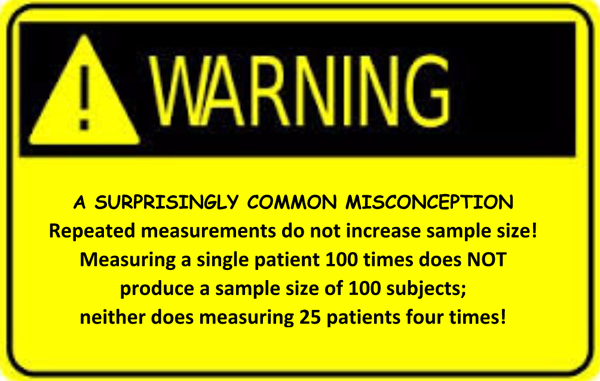This installment of ‘statistics in small doses’ goes hand-in-glove with the previous – Does (sample) size matter? We need not wade through sample size formulae as these are readily available in software online;1-3 rather, we will touch upon factors that can affect sample size and that may be helpful to consider when estimating sample size.
Sample size is the most important factor in keeping β (Type II error probability) in check. Increasing sample size reduces β, and, since power is 1-β, power is increased. But power can also be increased by using more precisely measured variables, examining whether the effect you expect is justified (perhaps your anticipated treatment benefit was underestimated), using paired or matched subjects, and postulating 1-tailed statistical tests (even though 2-tailed tests are far more often appropriate, especially in novel areas of research). Use of continuous variables instead of categorical variables can increase power. All else being equal, the statistical tests can make more use of the finer levels of information contained in continuous variables than the relatively crude levels of information contained in categorical variables. Finally, it may be feasible to use more controls, say, in a case:control ratio of 1:2 or 1:3. While this enlarges your sample size, power also rises; unfortunately power levels off at about a case:control ratio of 1:4. Your statistician or data analyst can help with all of these design and measurement considerations.
Next month, statistics in small doses will explore distributional ‘shape’ and its importance in statistical testing.

1. www.raosoft.com/samplesize.html
2. www.ncss.com/software/pass
3. www.hedwig.mgh.harvard.edu/sample_size/size.html